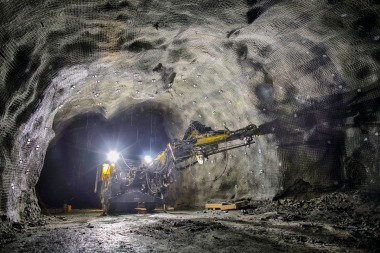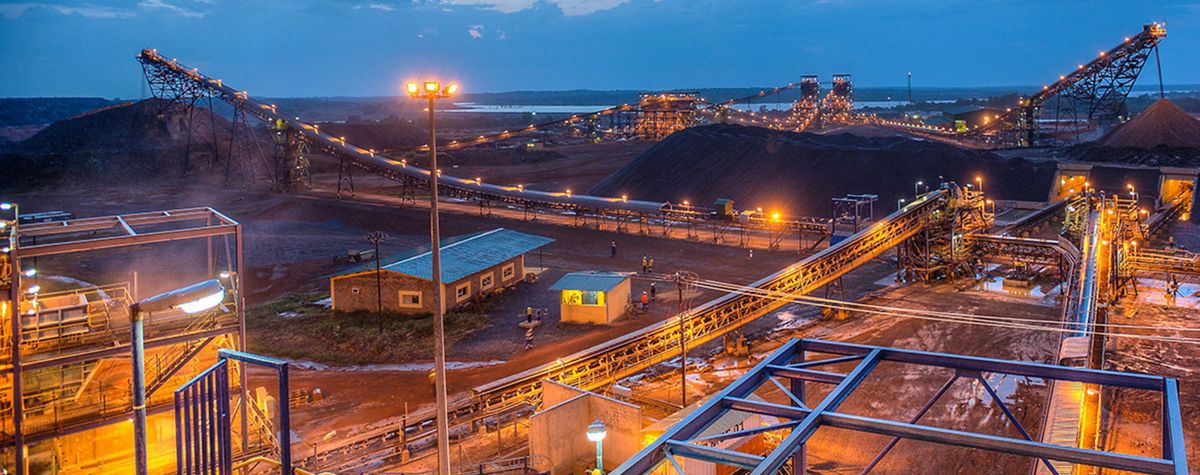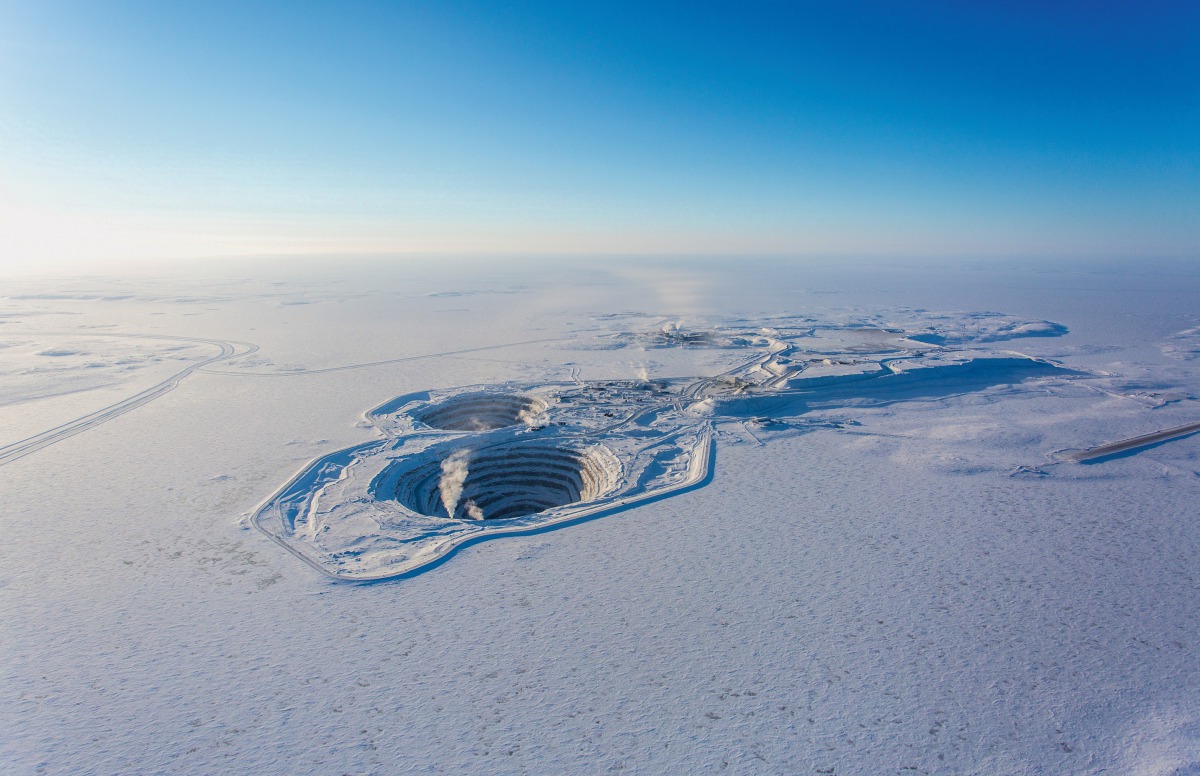Battery metals: Small companies have the best opportunities
21.03.2023Vanadium, graphite, copper or lithium: over the next two decades, hundreds of new mines will be needed to meet the demand from the battery metal sector and renewable energies. The focus is on smaller companies that will bear the risks of raw material discovery and development.
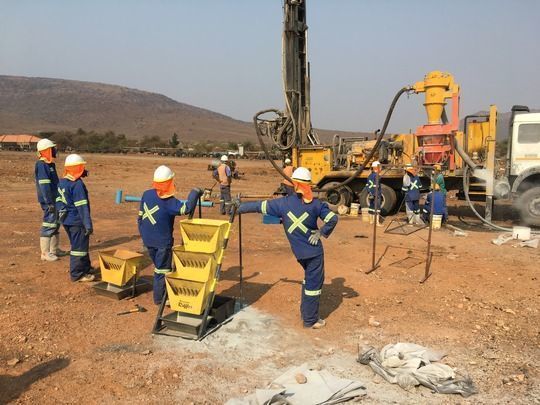 © Vanadium Resources
© Vanadium Resources
In mining, there is a clear division of labour internationally. The large producing companies such as BHP, Rio Tinto or Anglo American provide the supply of copper, iron ore or zinc that fuels the global economy. They often operate mines that have a lifespan of several decades and can deliver large amounts of metals every year. However, this also requires investments which can run into the billions.
A look at the size of the companies shows that this business is profitable. The three companies mentioned have a cumulative market value of around 220 billion euros and are highly valued as reliable dividend payers by fund managers and dividend-oriented private investors. However, these companies avoid big risks when it comes to discovering new deposits. They usually conduct explorations near their existing mines. The risk is low, and the effort is low too. That is because there is a high probability that the mineralisation of metals does not end abruptly at the edge of a resource or at a property boundary. This brownfield exploration typically permits the lifespan of a mine to be extended.
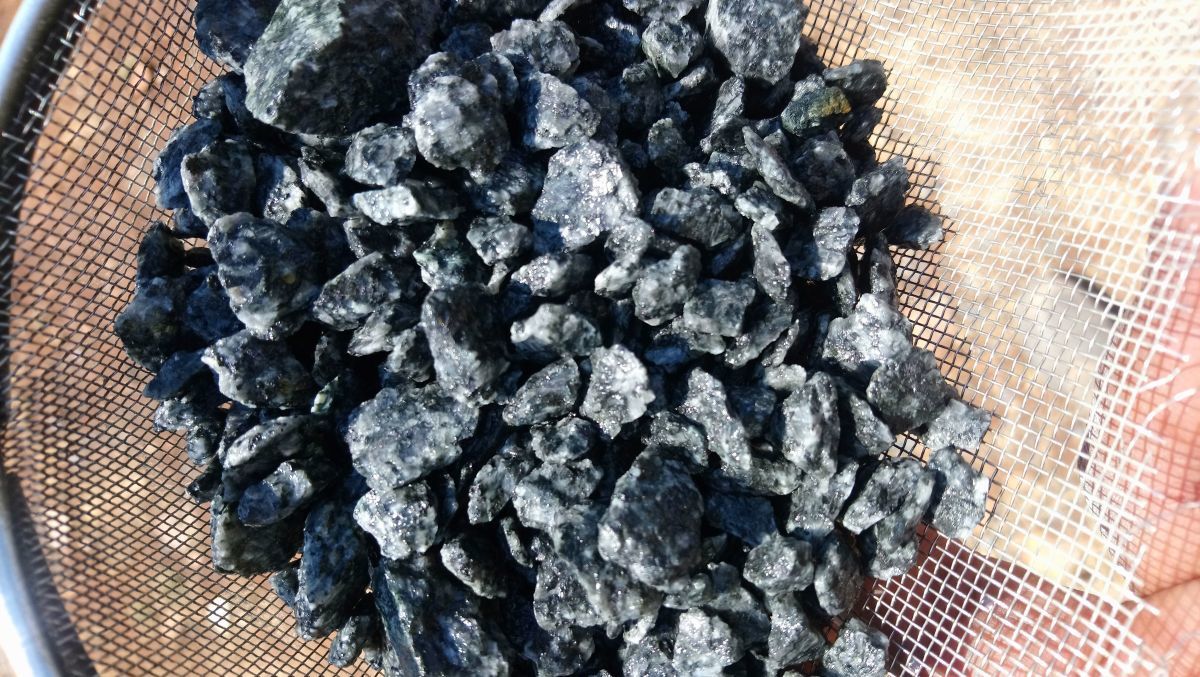 © Vanadium Resources
© Vanadium Resources
Other, smaller companies take on the higher-risk mining business. Explorers discover new deposits and develop them over years, sometimes decades, until the project is either sold to a large corporation – or you go into production yourself.
These explorers are most comparable to biotechnology companies or tech startups. Their probability of success is similarly low. Only a few of these companies manage to make it as developers. Becoming a developer means that you have put the greatest risks behind you and obtained an economically recoverable resource. At this stage, the next step is usually “only” to finance the construction of a mine or to sell the project to a billion-dollar corporation.
This lower risk level has been achieved, for example, by Nouveau Monde Graphite. This Canadian company recently submitted an economic study for its Uatnan graphite project in Quebec. This study valued the asset at 2.17 billion C$. At Uatnan, 500 000 tons of graphite concentrate per year are to be mined over 24 years. Graphite is mainly found in the batteries used today by electric car manufacturers.
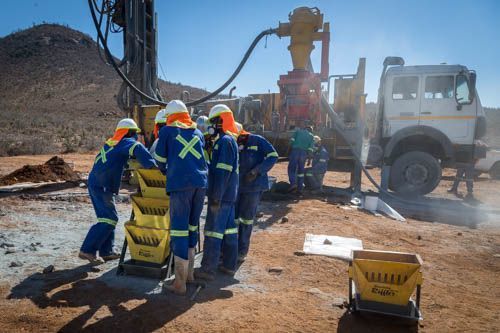 © Vanadium Resources
© Vanadium Resources
Vanadium Resources is taking things one step further. The Australian company has developed the Steelpoortdrift project in South Africa in recent years. Vanadium is experiencing a strong growth in demand, mainly due to its use in redox flow batteries as energy storage solutions for wind turbines and solar parks. Steelpoortdrift is one of the largest and highest-grade vanadium deposits in the world and, as with graphite, investors have yet to really grasp the importance of this metal. Vanadium Resources has already submitted a final feasibility study for this deposit. The project is now considered “shovel ready”. As soon as the financing is available, mining can begin. The net present value of the planned mine operation is US$ 1.2 billion. This is about six times the investment cost of US$ 211 million for commissioning. Vanadium Resources expects an annual free cash flow of US$ 152 million. This is significantly more than the company's current market value.

